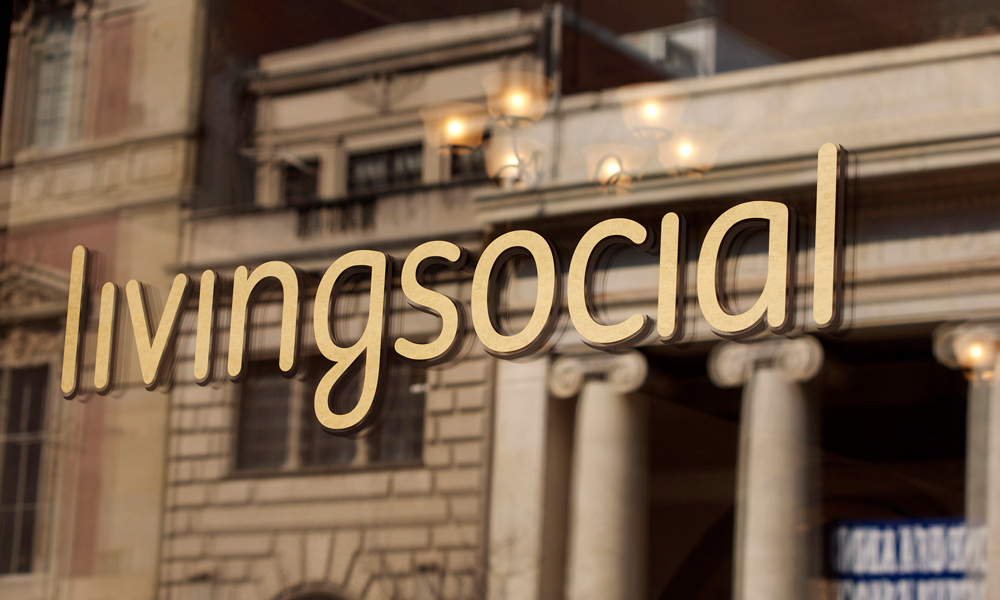
Lessons for Associations From the Decline of Groupon and LivingSocial
For years, Groupon and its main competitor, LivingSocial, were buzzy, profitable businesses—and they were built on benefits for consumers. Now, the two companies, both struggling, are merging. Why did the bubble burst, and what does it mean for associations?
For a while, it looked like the biggest deal in Washington, DC, wasn’t to be found in the halls of power but in LivingSocial, a homegrown success story that offered some daily deals magic.
But that was in 2011—a time when the the company, once valued at $6 billion, was a major renter in the District’s Chinatown neighborhood and had secured major investments from Amazon. These days, daily deals—driven by quippy copy and businesses looking for new customers—aren’t so hot anymore. LivingSocial’s largest offices closed years ago.
And now the company is being sold to its biggest rival, Groupon, for an undisclosed amount. It’s a steep fall for a company that defined DC’s startup scene for years. (Not that Groupon is doing much better—it announced news of the acquisition while revealing another quarterly loss.)
The lesson to take from this is that if you’re building benefits that require outside vendors, it has to work for those vendors as well.
Daily deals sites have some parallels to associations, in that they’re businesses built on providing benefits and building loyalty. The problem is, the benefits are often a one-way street and the loyalty isn’t necessarily built to last. A few reasons why these platforms struggled to maintain their momentum over the long haul:
A reliance on short-term benefits. The perks that customers got on Groupon or LivingSocial during their peak years were nice, but not the kinds of things that met long-term needs. Generally, they were centered on food, events, or vacations. The benefits weren’t unique. As a result, the model failed to hold up to long-term scrutiny.
A lack of loyalty for businesses. These sites could only be sustained if local businesses were keen to participate. But businesses didn’t reap long-term value. The new customers a deal would bring into a business often were people who would otherwise not visit and probably would not come in again. That made some merchants furious, and many were unlikely to use the service more than once. LivingSocial eventually changed its model to focus on building loyalty with restaurants, but that change came along only a year ago—long after the company’s peak.
The benefits favored consumers, not merchants. In 2011, a story about a coffee shop owner who had been burned by Groupon went viral. Jessie Burke, owner of the Portland, Oregon-based Posies Cafe, said that using Groupon was “the single worst decision I’ve ever made as a business owner.” Part of the issue in Burke’s case was that the deal offered to Groupon users was out of whack with the realities of the business—Groupon pushed Burke to offer a $13 coupon, despite her average sale being $5. But stories like this helped to scare off business owners who believed they would get shortchanged by daily deals sites.
The lesson for associations: If you’re building benefits that require outside vendors, it has to work for those vendors as well.
For a couple of years, LivingSocial ran an interesting experiment in the DC market—an event space that centered the company’s benefits on tangible experiences, rather than deals. Unfortunately, that space closed in 2014.
Even though LivingSocial gave up on that idea, the model is one that is worth studying for associations as a whole.
Now, what’s the best deal you ever got from Groupon or LivingSocial? Tell us about it in the comments.
(Danny Lee/Flickr)






Comments